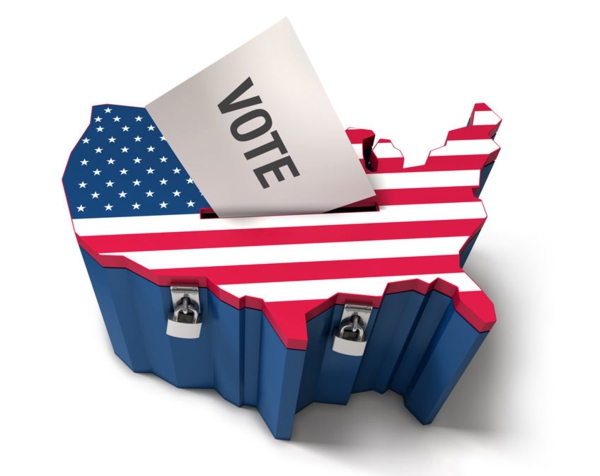Political scientists have done enough research over the years to understand voting behavior on the large scale. While every individual makes his or her voting choice based on personal experience, scientists can look at voting statistics and make broad assumptions, especially when it comes to the location of the voter.

Location and Other Factors that Indicate How You Might Vote
Voting statistics and research has indicated that a person’s age, income, education, religion, location, and ethnicity all determine how someone is likely to vote. For example, a 20-something year old woman with a college degree who lives in a major east coast city is likely to vote democrat. It’s not going to be true 100% of the time, but again, these are assumptions based on voting statistics.
Location is often the biggest piece of data for political scientists. Let’s take a closer look.
Where do People Vote the Most?
According to the United State Census’ Current Population Survey (CPS), the percentage of registered voters who voted in the 2008 presidential election was relatively consistent throughout the country (Northeast 62.9%, Midwest 66.3%, South 62.6%, West 63.3%). The CPS survey does not measure political affiliation, but assuming all things are equal, these numbers support the idea that both registered republicans and registered democrats are equally likely to vote.
The United States Voting Map by Color
If red means republican and blue means democrat, then it wouldn’t take long for you to see how regions of the country typically vote. The Northeast notoriously vote democrat, the South and Midwest tend to vote republican, and the far west usually vote democrat.
Locations that Might Surprise You
Of course, there are some exceptions to the above. For example, Iowa and New Mexico don’t vote republican each presidential election. In fact, in the 2008 election both states voted democrat.
Some states that tend to vote one way may have a major city that votes the opposite. For example, Pennsylvania typically votes democrat, but according to a Scarborough Research infographic, 34% of Harrisburg, Pennsylvania, voters are registered republican, which is a high concentration of republican voters.
The Attention Is on Swing States
Most of the time, a presidential candidate will know when he or she has the majority vote in a state, either based on voting history or other outside factors. However, there are usually a handful of states in every election that could go either way. These are called swing states. Florida and Ohio are common swing states.
What it all Means
Some may argue that these voting statistics and assumptions are useless and that we should simply stop making predictions and wait patiently for Election Day. But others argue that this insight helps politicians to campaign more effectively and helps outreach groups to encourage certain segments of the population to vote.
This is a guest post by Allison Murray on behalf of Scarborough Research, a provider of consumer insights to help marketers develop successful marketing campaigns.

